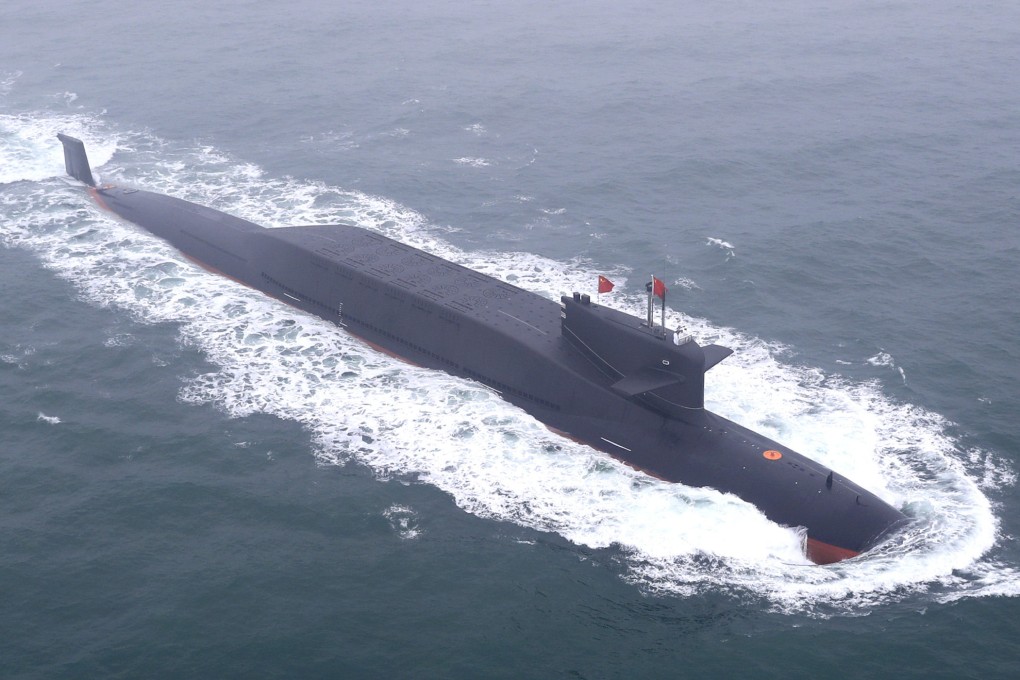Chinese scientists look to 6G to hunt submarines, testing device small enough to fit on drone
- Defence researchers say sensors can identify extremely small surface vibrations produced by a low-frequency sound source in the open sea
- UAV-mounted platform could work in concert with other submarine detection methods such as a magnetic anomaly detector (MAD), microwave radar or laser

China has tested the world’s first submarine-detecting device based on next-generation communication technology, according to researchers.
The terahertz device identified extremely small surface vibrations produced by a low-frequency sound source in the open sea, scientists involved in the experiment said.
These ripples were as tiny as 10 nanometres tall, well below the detection range of existing technology.
Tracking and analysing these waves can not only help find the submarine but also gather critical intelligence, such as noise signature or the submarine model, according to the researchers.
The technology “will have significant application potential in underwater vessel detection and other areas”, said the project team with the National University of Defence Technology. Their work was published on August 11 in the Journal of Radars, a Chinese-language peer-reviewed journal
Terahertz is a frequency range between microwave and infrared radiation. Terahertz technology has been proposed as a potential solution for achieving high data rates and low latency for the next generation of communication technology, or 6G.
